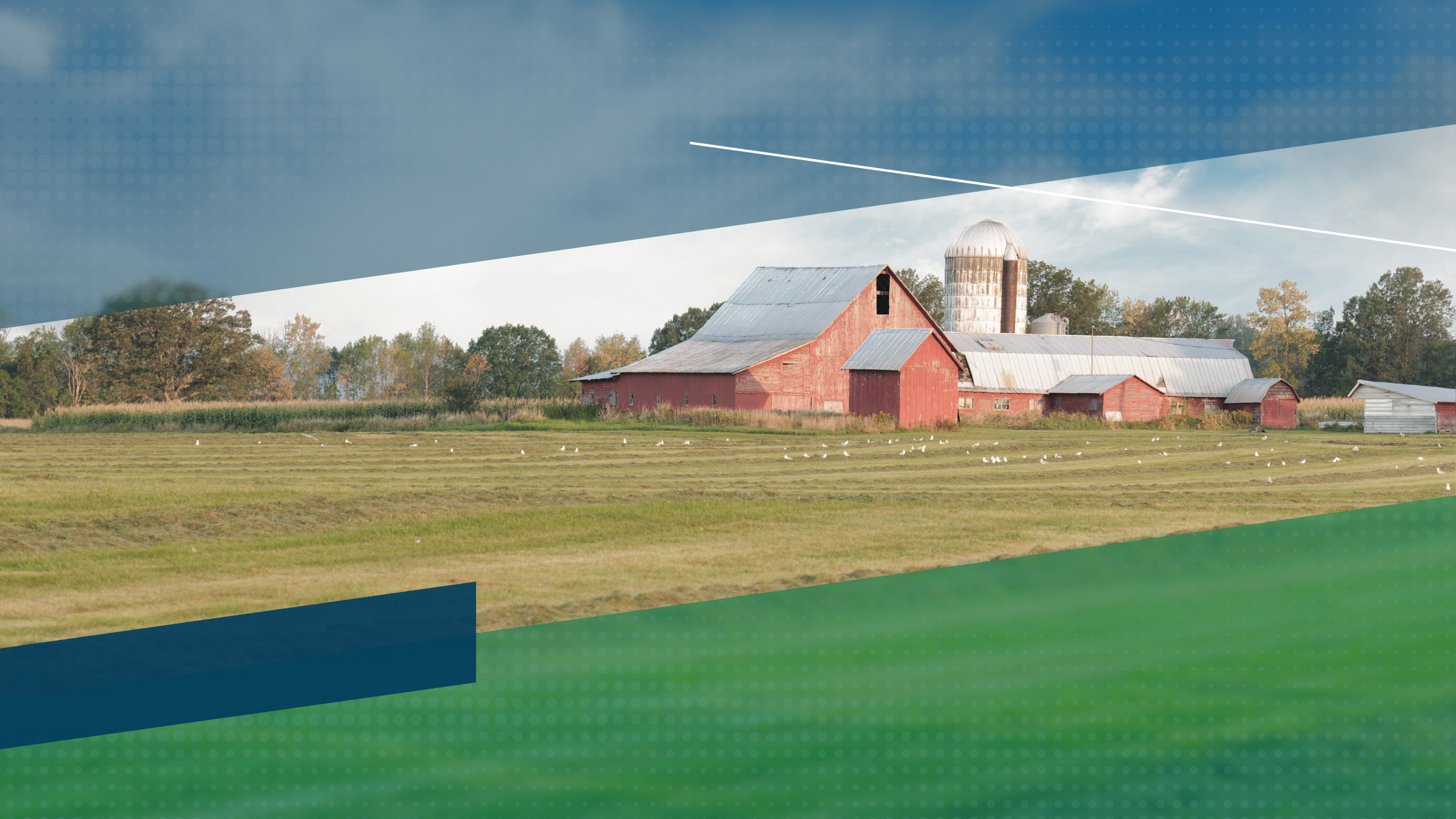"Commodity prices are the biggest problem facing our customers," commented a North Dakota banker in the Minneapolis Fed's third quarter (August 1999) survey of agricultural credit conditions. "Most of our farm and ranch customers are suffering economic havoc because of high living and operating expenses and low commodity prices," reported a South Dakota lender. These comments are indicative of the problems most district farmers face.
The results from the third quarter survey reveal a further deterioration of the farmers' financial condition compared to the dismal results of the second quarter survey. Farm income and capital spending continue to slide. Moreover, loan renewals or extensions remain above normal levels, and the percentage of farm borrowers up to their loan limit has increased. In addition, lenders are requiring more collateral for their farm customers and loan repayments have slowed, while interest rates increased slightly. The forecast for farm income is desperate. "A number of the smaller farmers and possibly a number of the larger farmers too are talking of liquidation," wrote a Minnesota banker.
Farm income and spending
"The price of wheat, even with a good crop, is at or below break-even," stated a Montana lender. Farm income continues to crumble, with 86 percent of bankers reporting below normal levels, a slight increase over second quarter survey results. Capital spending is almost nonexistent, with essentially all bankers reporting below normal levels, a 4 percentage point increase over second quarter survey results. Farm household spending is drastically reduced, with 59 percent of lenders noting below normal levels in the third quarter, a 5 percentage point increase over the second quarter survey. Montana and North Dakota farmers are having the harshest problems: 100 percent and 95 percent of lenders, respectively, report below normal farm income.
Farm loan volumes
As farmers reduce capital and household spending, requests for loans decrease. Operating loan volume, except for feeder loans, decreased as 14 percent of bankers report loans at below usual levels in the third quarter, a slight increase from the second quarter. In addition, real estate loans decreased as 55 percent of bankers reported lower than normal levels of real estate loans in the third quarter, a 17 point increase from the second quarter. Moreover, machinery loans continue to slide, with three-quarters of bankers reporting below normal loan volumes in the third quarter, a 16 point increase from the second quarter.
Bank credit conditions and liquidity
Although farmers are not taking on new loans, they are having a tough time repaying existing loans. Below normal levels of loan repayments are reported by 59 percent of lenders in the third quarter, a slight increase from the second quarter, while above normal renewals and extensions are reported by half of respondents, a slight decrease from the second quarter. Moreover, the districtwide average of farmers at their debt limit is 38 percent for the third quarter, a 7 point increase from the second quarter survey; Montana is still substantially higher at 49 percent in the third quarter, a 6 point increase from the second quarter.
Higher than normal levels of collateral required for loans are reported by 38 percent of respondents, a slight increase from the second quarter. Availability of funds is not a problem as almost all banks report normal or above normal levels of loanable funds in the third quarter.
Interest rates and land prices
Farmers are facing a slightly higher level of interest rates compared to last quarter, which are still near their lowest level in more than four years.
Wisconsin, Montana and North and South Dakota lenders report land prices up on average from 1 percent to 15 percent. Minnesota lenders, however, report cropland prices down from a year ago about 2 percent.
Outlook
"The farm situation is very glum and there is much despair among our farm customers," said a Minnesota lender. The next three months don't look much brighter, with 89 percent of lenders expecting farmers to have below average net income. In addition, 92 percent of lenders expect below-normal capital spending levels in the next three months, and three-quarters of lenders predict that the rate of loan repayments will be below normal in the next three months.
| Fixed Interest Rates * | ||||
|---|---|---|---|---|
| Feeder Livestock | Operating | Machinery | Real Estate | |
| 3rd Q '98 | 9.6 |
9.8 |
9.7 |
8.9 |
| 4th Q '98 | 9.5 |
9.6 |
9.4 |
8.7 |
| 1st Q '99 | 9.4 |
9.5 |
9.3 |
8.6 |
| 2nd Q '99 | 9.4 |
9.4 |
9.3 |
8.7 |
| 3rd Q '99 | 9.4 |
9.5 |
9.3 |
8.7 |
| * Average of reported rates in mid-August 1999 | ||||
Each quarter, the Federal Reserve Bank of Minneapolis surveys agricultural bankers in the Ninth Federal Reserve District, which includes Montana, North Dakota, South Dakota, Minnesota, northwestern Wisconsin and the Upper Peninsula of Michigan. In August, 103 bankers responded regarding conditions during the third quarter.





